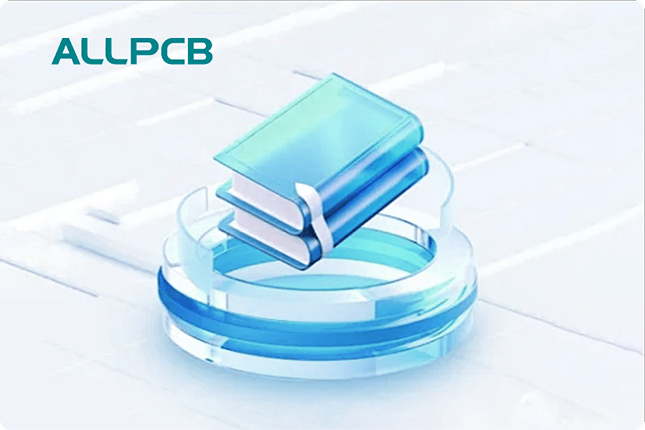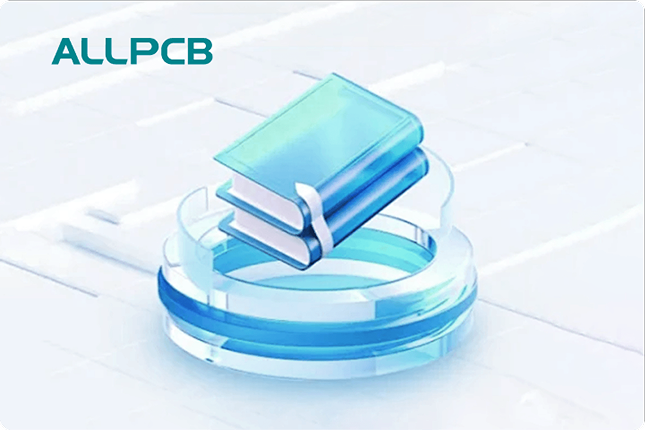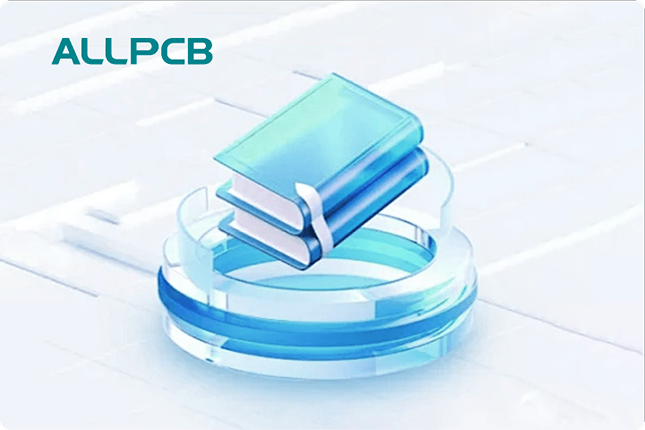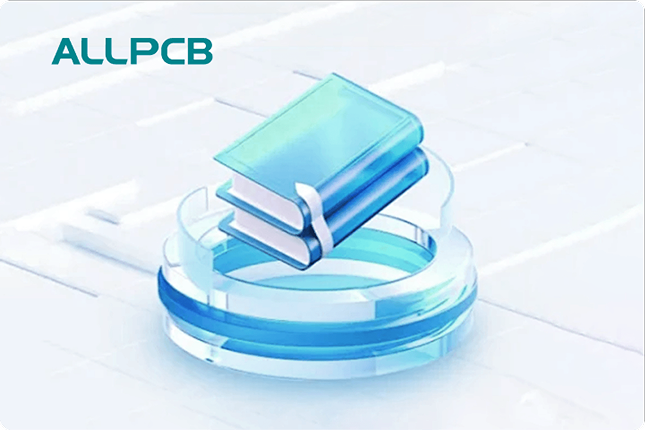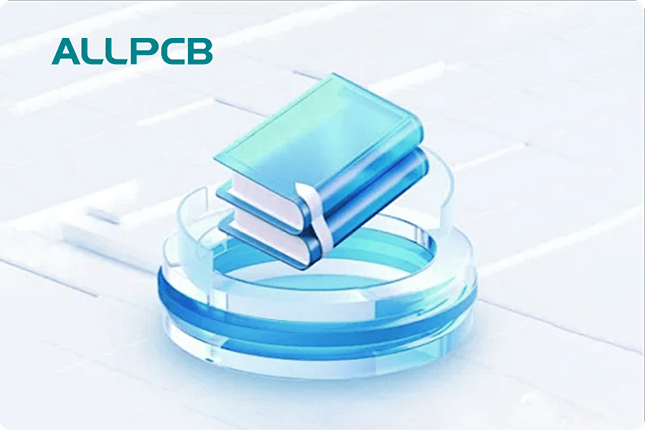Dielectric strength is a critical factor in the design and performance of printed circuit boards (PCBs). It measures a material's ability to withstand high voltage without breaking down, directly impacting insulation, reliability, and overall functionality. For engineers and designers working with PCB materials like FR4, understanding dielectric strength alongside properties such as dielectric constant and signal propagation speed is essential for creating efficient and durable designs. In this comprehensive guide, we’ll explore dielectric strength, its influence on PCB material properties, and how it affects PCB design for optimal performance.
What is Dielectric Strength in PCB Materials?
Dielectric strength refers to the maximum electric field a material can endure before it breaks down and allows current to flow through it. In the context of PCBs, this property is vital because it determines how well the insulating material can prevent short circuits and maintain electrical isolation between conductive layers. Measured in volts per unit of thickness (often kV/mm), a higher dielectric strength indicates better insulation capabilities.
For common PCB materials like FR4, dielectric strength typically ranges between 20 to 50 kV/mm, depending on the specific composition and thickness. This value ensures that the material can handle the voltages present in most electronic applications without failing. However, factors such as moisture, temperature, and material impurities can reduce dielectric strength, making it a key consideration during material selection and PCB design.
The Role of Dielectric Constant in PCB Performance
While dielectric strength focuses on insulation under high voltage, the dielectric constant (often denoted as εr or Dk) is another crucial property that affects how electric fields interact with the material. The dielectric constant measures a material’s ability to store electrical energy in an electric field, influencing signal propagation speed and impedance in PCB designs.
For FR4, a widely used PCB substrate, the dielectric constant typically ranges from 4.2 to 4.8 at 1 MHz. This value impacts the speed at which signals travel through the board. A higher dielectric constant slows down signal propagation because it increases the capacitance between conductive traces. In high-frequency applications, this can lead to signal delays or distortion, making the dielectric constant a critical factor for engineers designing high-speed circuits.
For example, in a PCB designed for a 5 GHz signal, using a material with a lower dielectric constant can reduce signal delay and improve performance. Understanding the balance between dielectric strength and dielectric constant helps designers choose the right material for their specific needs.
FR4: The Go-To Material for PCB Design
FR4 is the most popular material for PCB substrates due to its excellent balance of cost, durability, and electrical properties. Made from woven fiberglass cloth with an epoxy resin binder, FR4 offers a reliable combination of dielectric strength and dielectric constant for a wide range of applications.
Here are some key material properties of FR4 that engineers should consider:
- Dielectric Strength: 20-50 kV/mm, ensuring robust insulation for most standard voltage levels.
- Dielectric Constant: 4.2-4.8 at 1 MHz, suitable for many general-purpose and moderate-frequency designs.
- Thermal Resistance: Can withstand temperatures up to 130°C, making it ideal for various operating environments.
- Mechanical Strength: High tensile strength due to fiberglass reinforcement, providing durability during manufacturing and use.
While FR4 is versatile, it may not be the best choice for extremely high-frequency or high-voltage applications where specialized materials with lower dielectric constants or higher dielectric strength are needed. However, for most consumer electronics, industrial controls, and automotive applications, FR4 remains a reliable and cost-effective option.
How Dielectric Strength Affects PCB Material Properties
Dielectric strength directly influences several material properties that are critical to PCB performance. Let’s break down its effects:
1. Insulation Reliability
The primary role of dielectric strength is to ensure insulation between conductive layers and traces. If the dielectric strength of a material is too low for the operating voltage, electrical breakdown can occur, leading to short circuits or complete failure of the PCB. For instance, in a multi-layer PCB with thin insulating layers, a material with high dielectric strength is essential to prevent breakdown under high voltages.
2. Material Thickness and Design Constraints
Dielectric strength is often tied to material thickness. Thicker materials generally offer higher dielectric strength, but they can increase the overall size and weight of the PCB. Designers must balance the need for high dielectric strength with the demand for compact, lightweight designs. For example, in portable electronics, thinner FR4 layers are often used, requiring careful voltage management to avoid exceeding the material’s dielectric strength.
3. Environmental Impact
Environmental factors like humidity and temperature can degrade dielectric strength over time. Moisture absorption in FR4, for instance, can lower its dielectric strength by up to 20%, increasing the risk of breakdown in humid conditions. Engineers must account for these factors by selecting materials with appropriate coatings or by designing enclosures to protect the PCB from harsh environments.
4. Long-Term Durability
A material with insufficient dielectric strength may degrade faster under repeated electrical stress, leading to micro-cracks or delamination. This degradation affects the mechanical and electrical properties of the PCB, reducing its lifespan. Choosing a material with a dielectric strength well above the application’s requirements ensures long-term reliability.
Signal Propagation Speed and Its Connection to Dielectric Properties
Signal propagation speed is a critical consideration in high-speed PCB design, and it is closely tied to the dielectric constant of the material. The speed at which a signal travels through a PCB is inversely related to the square root of the dielectric constant. Mathematically, this relationship can be expressed as:
Signal Speed = c / √εr
Where c is the speed of light in a vacuum (approximately 3 x 10^8 m/s), and εr is the dielectric constant of the material. For FR4 with a dielectric constant of 4.5, the signal propagation speed is roughly 1.4 x 10^8 m/s, or about 47% of the speed of light.
This reduction in speed can cause delays in high-frequency applications, such as telecommunications or data processing systems. For instance, in a 10 Gb/s data transfer system, even a small delay caused by a high dielectric constant can lead to signal integrity issues like crosstalk or timing errors. Designers often mitigate this by using materials with lower dielectric constants for high-speed applications or by optimizing trace lengths and layouts to minimize delays.
Dielectric strength also indirectly affects signal propagation by influencing the choice of material thickness and layer spacing, which can alter capacitance and impedance. A well-balanced design considers both dielectric strength for insulation and dielectric constant for signal speed to achieve optimal performance.
Practical Tips for Optimizing PCB Design with Dielectric Properties
Understanding dielectric strength and dielectric constant is only part of the equation. Applying this knowledge to PCB design can significantly improve performance and reliability. Here are some actionable tips for engineers:
1. Match Material to Application
Choose a PCB material based on the voltage and frequency requirements of your application. For low-voltage, low-frequency designs, standard FR4 with a dielectric strength of 20-30 kV/mm is often sufficient. For high-voltage or high-frequency applications, consider alternative materials with enhanced properties or consult with material suppliers for tailored solutions.
2. Minimize Environmental Risks
Protect PCBs from moisture and extreme temperatures by using conformal coatings or sealed enclosures. This helps maintain dielectric strength over time, especially for FR4, which can absorb moisture and lose insulation effectiveness.
3. Optimize Layer Thickness
Balance the need for high dielectric strength with design constraints by selecting appropriate layer thicknesses. Thicker layers improve insulation but may increase signal delay due to higher capacitance. Use simulation tools to test different configurations before finalizing the design.
4. Control Impedance for Signal Integrity
In high-speed designs, control impedance by carefully selecting materials with consistent dielectric constants. Variations in dielectric constant across a batch of FR4 can lead to impedance mismatches, causing signal reflections and data errors. Specify tight tolerances for material properties during manufacturing.
5. Test Under Real-World Conditions
Simulate the operating environment during testing to ensure that dielectric strength and signal propagation meet expectations. Stress tests under high voltage and varying temperatures can reveal potential weaknesses in the material or design.
Conclusion: Balancing Dielectric Strength and Material Properties for PCB Success
Dielectric strength plays a foundational role in determining the reliability and performance of PCB materials. It ensures insulation under high voltage, while related properties like dielectric constant influence signal propagation speed and overall design efficiency. For engineers working with materials like FR4, striking the right balance between dielectric strength, dielectric constant, and other material properties is key to creating robust and effective PCB designs.
By understanding how these factors interplay, designers can make informed choices that enhance insulation, optimize signal integrity, and extend the lifespan of their products. Whether you’re working on consumer electronics, industrial systems, or high-speed data applications, paying close attention to dielectric properties will lead to better outcomes in every project.
 ALLPCB
ALLPCB



